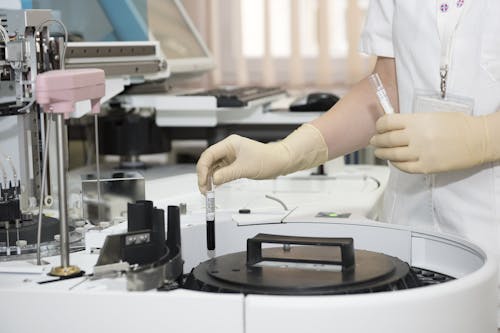Introduction About Cell and Cell Theory
Introduction to Cell and Cell Theory
On the off chance that the littlest unit of issue is a particle, what is the littlest unit of every single living being? It is known as a 'Cell'. Simply put, no cells no life. How about we find out about the cell, cell hypothesis and the kinds of cells in more detail.
By definition, a cell is the basic and basic unit of every single living creature. It is the littlest organic, auxiliary and practical unit everything being equal and creatures. In this way, cells are known as the 'Building Blocks of Life' or the 'Fundamental units of Life'. Life forms made up of a solitary cell are 'unicellular' while life forms made up of numerous cells are 'multicellular'. Cells perform a wide range of capacities inside a living being, for example, assimilation, breath, proliferation, and so on and keep it alive.
For instance, inside the human body, a great deal of cells offer ascent to a tissue → different tissues make up an organ → numerous organs make an organ framework → a few organs frameworks working together make up the human body.
Revelation of the cell
Did you realize that over 330 years back there was no information of cells? This is on the grounds that they were unreasonably little for the bare eye. The revelation of the magnifying instrument made it conceivable to watch cells and even examination them in detail. In spite of the fact that it was the researcher, Robert Hooke who instituted the term 'cell' subsequent to watching dead cells through his magnifying instrument, it was Anton van Leeuwenhoek who previously watched live cells! Numerous years after the fact, Robert Brown found the 'core', the motor that makes a cell work.
In 1838, a German botanist, Matthias Jakob Schleiden was the first to express that cells are the structure squares everything being equal. In the next year, another German botanist, Theodor Schwann expressed that cells are the basic units of creatures as well. These announcements finished the thought that plants and creatures have central contrasts in structure.
Their revelations prompted the detailing of the 'Cell Theory' which expresses that cells are the fundamental units of every living creature (plants and creatures). Be that as it may, the cell hypothesis neglected to clarify how new cells emerge. In 1855, Rudolf Virchow, a German physiologist expressed in German 'Omnis cellula e cellula' which implies that new cells originate from officially existing cells.
In this manner, the three essential purposes of the adjusted cell hypothesis are as per the following:
⦁ The cell is the fundamental basic and practical unit of every living life form.
⦁ Every single living life form (plants and creatures) are comprised of cells.
⦁ All cells emerge from previous cells.
Here are some fun realities for you. The female egg (Ovum) is the biggest cell in the human body. The littlest cell, then again, is the sperm.








No comments